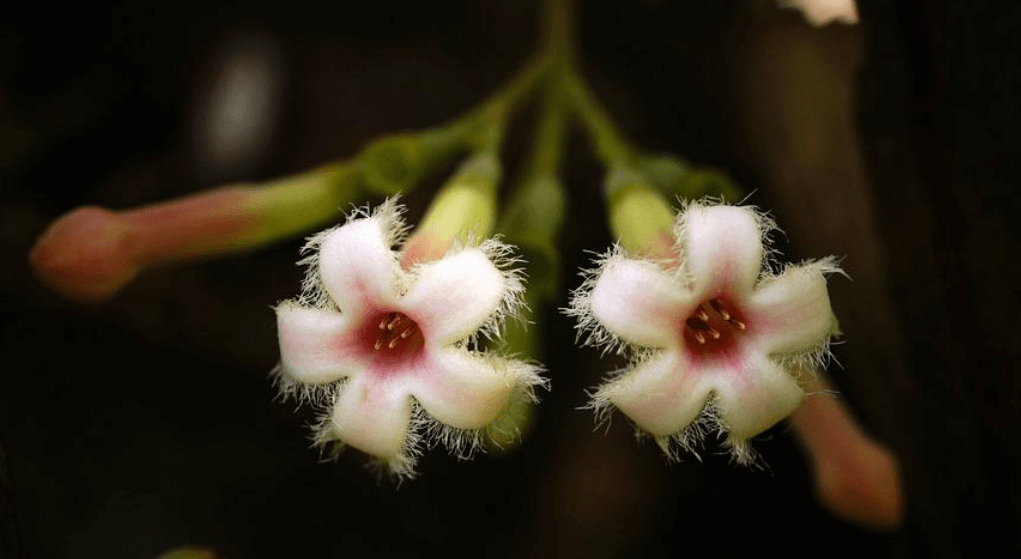What is Cinchona? Information on Cinchona tree, uses of Cinchona plant, features of Cinchona plant.

Source : pixabay.com
Cinchona; a genus of evergreen trees that are the source of quinine and other important alkaloids used in medicine. The dried bark of the stem or the roots of the cinchona tree is known as “cinchona bark,” “Peruvian bark,” and “Jesuits’ bark.”
Native to the Andes region of Ecuador and Peru at elevations of 3,000 to 9,000 feet (1,000 to 3,000 meters), cinchona trees are tall, and some may have trunks of more than 2 feet (60 cm) in diameter. The trees have been cultivated extensively in the East Indies and India; the chief source of cinchona today is Java.
It is not known whether the Peruvian natives knew the medicinal effects of cinchona or the early Spanish explorers discovered its value as an antipyretic. There are many conflicting stories concerning the initial use of the bark, but its use spread rapidly, and a controversy regarding its effectiveness existed in Europe for many years. Soon the bark was in great demand, and many trees were abused to obtain the bark and the root. In recent years, cultivation of cinchona trees and the scientific stripping of the bark have ensured a lasting supply.
The powder made from cinchona bark is light brown to moderate yellowish brown. It has a faint aromatic odor and an astringent bitter taste. Cinchona contains a mixture of about 25 alkaloids, of which quinine, quinidine, cinchonine, and cinchonidine are the most important. Quinine is, however, responsible for most of the effects of cinchona.
Cinchona has been used as a tonic, as an anti-periodic against recurring episodes of malarial fever, and as an antipyretic. It can produce derangement of the hearing and also of vision. The principal use of cinchona is as a source of its two important alkaloids: quinine, which is used to treat malaria, and quinidine, which is used to treat atril fibrillation.